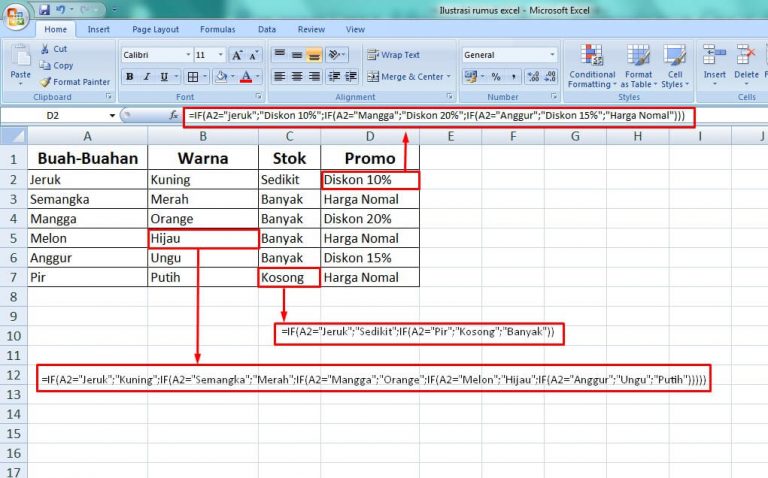Red is one of the most fascinating colors out there. It embodies raw energy, passion, and excitement. In this article, we will dive into some interesting facts about the color red that you may not have known before.
The Psychology of Red
Red is a powerful color that evokes a range of emotions and psychological responses. Here are some interesting facts about the psychology of red:
- In many cultures, red is associated with love, passion, and desire. This is why red is often used in Valentine’s Day decorations, and why red roses are such a popular gift.
- Red is also associated with anger, danger, and warning. This is why stop signs and traffic lights are red.
- Red can increase our heart rate and blood pressure, which is why it is often used in advertising to grab our attention and make us feel excited or passionate about a product or service.
- Wearing red can make us appear more attractive and confident, and can even increase our chances of winning a competition.
The Cultural Significance of Red
Red is a color that has cultural significance around the world. Here are some interesting facts about the cultural significance of red:
- In China, red is considered to be a lucky color that symbolizes happiness and prosperity. This is why red is commonly used in Chinese New Year celebrations and weddings.
- In Hinduism, red is associated with the goddess Durga, who represents strength and power.
- In ancient Egypt, red was associated with the god Set, who represented chaos and violence.
- In Christianity, red is associated with the blood of Christ and is often used in religious ceremonies and decorations.
Using the IF Function in Excel
The IF function in Excel is a powerful tool that allows you to perform conditional calculations based on the values in your data. Here are some examples of how you can use the IF function:
Example 1:
Suppose you have a list of exam scores and you want to determine which students passed and which students failed. You can use the IF function to create a new column that displays “Pass” or “Fail” based on the scores:

Example 1: Using the IF Function to Determine Pass/Fail
In this example, we use the following formula in cell C2:
=IF(B2<=70,"Fail","Pass")
The formula checks the value in cell B2 and returns “Fail” if the value is less than or equal to 70, and “Pass” if the value is greater than 70. We can then copy the formula down to the rest of the cells in the column to get the pass/fail status for all the students.
Example 2:
Suppose you have a list of products and their prices, and you want to apply a discount to products that are priced above a certain threshold. You can use the IF function to create a new column that calculates the discounted price:

Example 2: Using the IF Function to Apply Discounts
In this example, we use the following formula in cell C2:
=IF(B2>=100,B2*0.9,B2)
The formula checks the value in cell B2 and multiplies it by 0.9 (i.e. subtracts 10%) if the value is greater than or equal to 100, and returns the original value if the value is less than 100. We can then copy the formula down to the rest of the cells in the column to get the discounted prices for all the products.
Belajar Menggunakan Fungsi NOT di Microsoft Excel
The NOT function in Excel is another powerful tool that allows you to perform logical negation on your data. Here is an example of how you can use the NOT function:
Example:
Suppose you have a list of order quantities, and you want to flag any quantities that are less than 10 as “low”. You can use the NOT function in combination with the less than operator (<) to create a new column that flags the low quantities:

Example: Using the NOT Function to Flag Low Quantities
In this example, we use the following formula in cell C2:
=IF(NOT(B2<10),"","Low")
The formula checks whether the value in cell B2 is not less than 10 (i.e. whether it is greater than or equal to 10), and returns an empty string if the condition is true (i.e. if the quantity is not low), or the string “Low” if the condition is false (i.e. if the quantity is low). We can then copy the formula down to the rest of the cells in the column to flag all the low quantities.
FAQ
Q: What other Excel functions can I use?
A: Excel has a wide range of built-in functions that you can use to manipulate and analyze your data. Some useful functions include SUM, COUNT, AVERAGE, MAX, MIN, and VLOOKUP.
Q: Can I use Excel for data visualization?
A: Yes, Excel has a range of built-in chart types that you can use to create visual representations of your data. You can also customize the charts to suit your specific needs. Additionally, you can use Excel in combination with other software tools, such as Tableau and Power BI, to create more advanced data visualizations.
Conclusion
The color red and the Excel functions IF and NOT are just a few examples of the fascinating topics you can explore in the world of data. Whether you are a data analyst, a marketer, or just someone who wants to learn more about the world around them, there is always something new and exciting to discover. So why not dive in and explore the possibilities?
Bagaimana Cara Membuat Formula Pada Microsoft Excel
Video Tutorial by BISABO